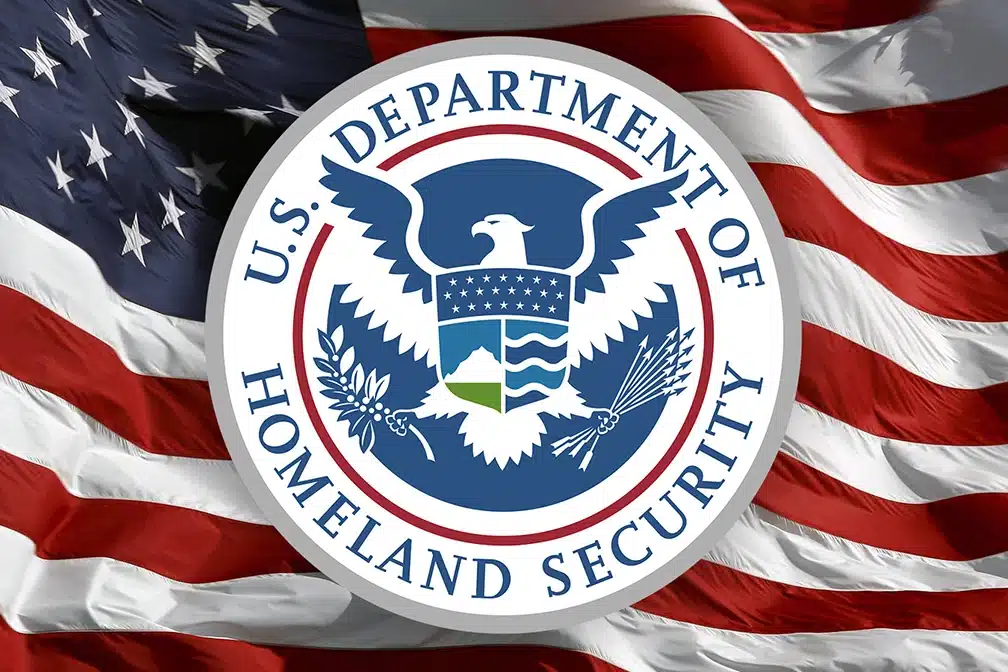Connell High School in Connell, Washington, has formally petitioned the FMCSA to allow students under 18 to obtain commercial learner's permits (CLPs).
Continue Reading
May 19, 2024 6:12 pm

The United States Department of Homeland Security (DHS) plays a pivotal role in ensuring the security of the nation’s transportation systems, particularly through its oversight of the Commercial Driver’s License (CDL) program. The Department of Homeland Security is tasked with implementing the standards outlined in the Real ID Act of 2005, specifically in the areas of applicant identification and the design of state-issued driver licenses and identification cards. The CDL is crucial for drivers who operate large and heavy vehicles, such as trucks and buses, on public roads. The DHS, through its various agencies, implements stringent security measures to vet and certify CDL holders, ensuring they meet the required safety and security standards. This article explores how the DHS issues certificates regarding CDL driver’s licenses, focusing on the processes involved, the collaboration with other federal and state agencies, and the implications for drivers and public safety.
The CDL program is regulated by the Federal Motor Carrier Safety Administration (FMCSA), a division of the United States Department of Transportation (DOT). However, the DHS plays a critical role in enhancing the security aspects of the CDL program. Following the events of September 11, 2001, the importance of securing the nation’s transportation system became a top priority for the United States government, leading to the establishment of the DHS and the enhancement of security measures across all modes of transportation, including road transport.
Related News:
The DHS issues certifications related to CDL licenses primarily through the Transportation Security Administration (TSA), another agency under its umbrella. One key area is the Hazardous Materials Endorsement (HME) process, where drivers wishing to transport hazardous materials must undergo a thorough security threat assessment. This process involves several steps:

As a truck driver, you can read the truck industry news-related articles.
The DHS’s certification process for CDL drivers involves significant collaboration with other federal and state agencies. The FMCSA and state licensing agencies work closely with the DHS to ensure that CDL applicants meet both safety and security standards. Information sharing between the DHS, the Department of Justice (DOJ), and other intelligence agencies is crucial for the background check and continuous vetting processes.
For drivers, obtaining a certification from the DHS, such as the HME, involves additional steps beyond the standard CDL licensing process. This includes the background check and potentially an appeals process if the initial decision is unfavorable. However, these measures are critical for public safety, ensuring that individuals who pose a security risk are not authorized to transport hazardous materials or have unsupervised access to secure areas of the transportation infrastructure.
The DHS’s role in issuing certificates related to CDL driver’s licenses is a vital component of the United States’ broader efforts to secure its transportation systems. Through rigorous security threat assessments, continuous vetting, and collaboration with other agencies, the DHS helps ensure that commercial drivers meet the highest standards of safety and security. While the additional requirements for drivers may seem burdensome, they are essential for protecting public safety and national security in an increasingly complex threat environment. The DHS’s efforts underscore the importance of balancing the efficient movement of goods and people with the imperative to safeguard against potential threats to the transportation network.
For more information and articles from the trucking industry, follow us on Facebook or subscribe to our Truck Driver News newsletter.
Connell High School in Connell, Washington, has formally petitioned the FMCSA to allow students under 18 to obtain commercial learner's permits (CLPs).
Continue ReadingThe U.S. government is increasing scrutiny on Chinese companies that are potentially dodging tariffs by manufacturing Chinese EVs (electric vehicles) in Mexico.
Continue ReadingIn a legal battle that could reshape the trucking industry, 24 Republican states join to bring a lawsuit against the EPA and the state of California.
Continue ReadingThe American Trucking Associations (ATA) has expressed strong opposition to the Department of Justice's proposed rule of marijuana reclassification.
Continue ReadingIn an effort to increase efficiency and sustainability in Trucking, Phillips Industries has launched their new, advanced, stick-on solar panels
Continue ReadingThe 2024 CVSA International Roadcheck is scheduled for May 14-16. Over 72 hours, inspectors across the US will conduct nearly
Continue ReadingAutomated License Plate Readers are a major advance in law enforcement technology but they raise significant privacy and oversight challenges.
Continue ReadingThe EPA's latest emission standards detailed in a final rule issued on March 29 are sparking vigorous debate within the
Continue ReadingOOIDA • ATA • DOT • NASTC • WOMEN IN TRUCKING • NPTC • DRIVER RESOURCES • TDN STAFF • ARCHIVES • SITEMAP